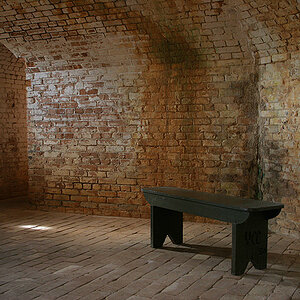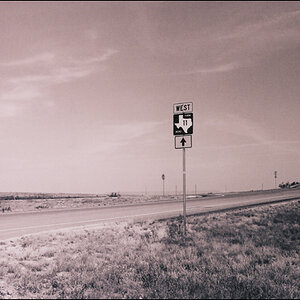dannylightning
Been spending a lot of time on here!
- Joined
- Mar 23, 2014
- Messages
- 2,322
- Reaction score
- 770
- Location
- Akron Ohio
- Can others edit my Photos
- Photos OK to edit
A few thoughts and some ROUGH maths*
1 - Extension tubes. Work by reducing the minimum and maximum focusing distances of the lens they are attached to. They fit between the lens and the camera body and purely act as a spacer, they contain no optics (glass). However good quality ones (like Kenko) have metal contacts which let you retain lens control, whilst cheap ones (5$ kind) have no metal contacts and thus lose lens control.
The rough maths is:
Length of extension tubes in mm - divided by - focal length of the lens = magnification : 1
Eg 100mm lens with a 50mm tube gives
50/100 = 0.5:1 or half life size
or a 50mm lens with 50mm tube tives
50/50 = 1:1 or life-size or "true macro" (called such casually as that's the magnification standard for true macro lenses that manufacturers make).
As such you can see that they give the greatest magnification on shorter focal length lenses. Note that they can move the minimum and maximum focusing points to a point where they are so close its impractical to use and also where the lens can never focus; so whilst you can add more you have a limit.
Note - the base magnification of the lens is added to the magnification gained via tube use. This means that if you know the magnification of your lens you can simply add the value to the above result. This means if you use extension tubes on a macro lens youcan get beyond the 1:1 power of the lens.
2) Close up lens attachments/diopters/macro attachments/etc... (they have varied names)
These are like the Raynox DCR250 and come in various powers, with the diopter number denoting how powerful they are (higher number = greater power). They work just like extension tubes, however give greater magnification on longer focal length lenses. I don't know any rough-maths for them.
They come in two flavours - items like Raynox series or Canon 500D and 250D which are high grade multi-element and coated optics. And dirt cheap options that are often sold in kits and are generally single elements. The cheap kind are what most encounter and give a very poor quality result, they work but badly and thus many advise against their use at all. Options like the Raynox (which I also use at times) are great choices and more than capable of standing up to extension tubes or other macro choices.
3) Reverse mounting is what it says and is when you mount a lens backwards onto the camera or onto another lens. This is done by reversing rings which are attached to the screw-threads on the front of a lens (typically used for filters). You might need to use stepping rings sometimes if you can't find a reversing ring that fits your two selected lens choices for this.
The rough maths is - focal length of the lens attached to the body - divided by - focal length of the reversed lens = magnification :1
Eg a 300mm lens on the camera body and a reversed 50mm would give 300/50 = 6:1 (which is greater than the Canon MPE lens mentioned earlier).
Note you generally want the heavier lens on the body so that you're putting the least amount of strain on the screwthreads - of course remember to give your lenses proper support when shooting using this method.
Few other thoughts:
High magnification is very hard to do and I'd advise starting at around 1:1 and getting good and then expanding up from there to higher magnifications. 5:1 is very difficult and often you ned a small light (LED light on a flexi-arm is a good choice) to help give a focusing light that illuminates the subject to make it easier to focus upon (as you get some light loss for high magnifications no matter how you approach taking them).
*These are general rough guideline style maths so the actual magnifications might vary a bit; also due to the fact many lenses adjust their focal length as they focus at different spots so close up they might well have a shorter focal length than advertised (even primes).
great info, thanks. since i have a crop sensor and using tubes to find 1:1 i would probably need to add the 1.5X crop to my lens right. so a 35mm lens would be a 52mm lens after the crop factor. and if i thew 50mm of extension tubes on that 35mm lens and crop sensor body that would basically give me 1:1











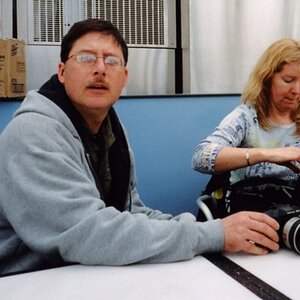
![[No title]](/data/xfmg/thumbnail/41/41920-c7de4d93604fb89eb48454f9e5dba8a0.jpg?1619739944)
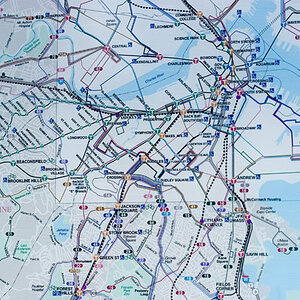
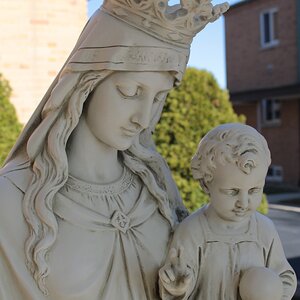
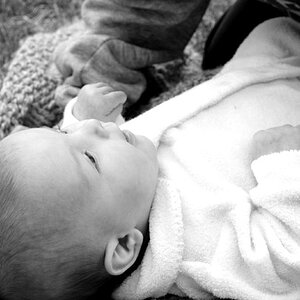
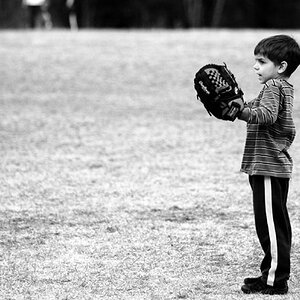
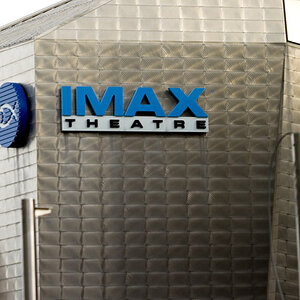
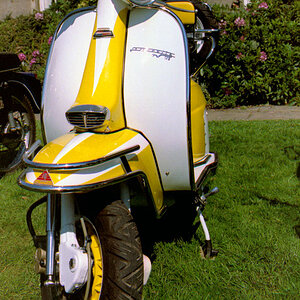
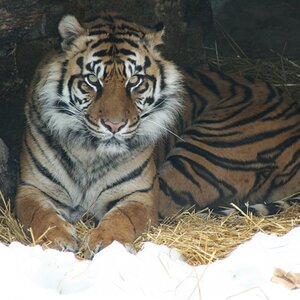
![[No title]](/data/xfmg/thumbnail/36/36102-8cd330c175e72b4b8009082908e60620.jpg?1619737346)
